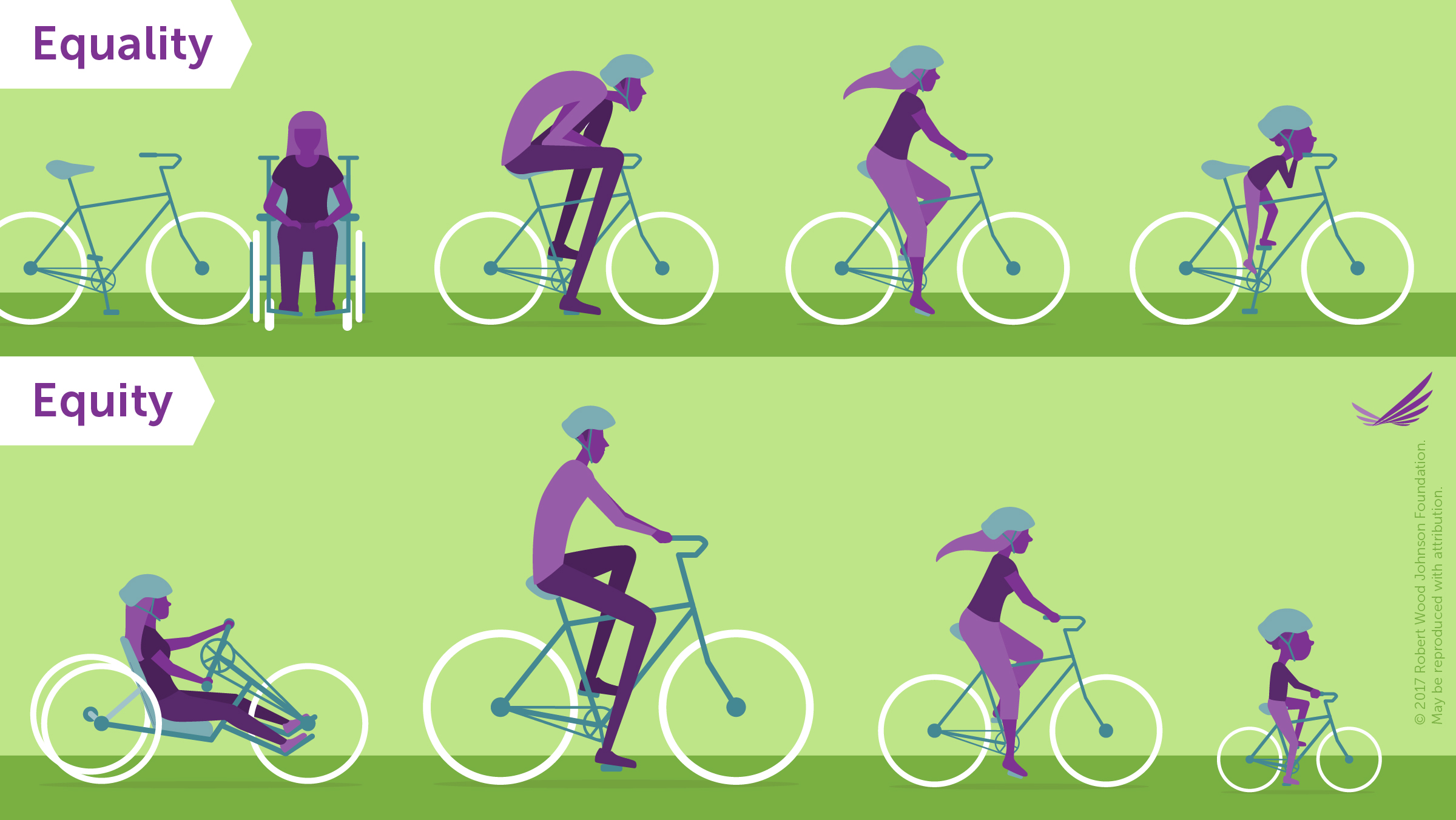Quick! Explain the difference between equality and equity.
Not sure? The two terms are more prevalent than ever in conversations around the globe: from healthcare to race to gender. While they are sometimes used interchangeably, they are actually two different types of measuring sticks.
Equality is about what we do, or the action. Equity is about the result, or the impact on those served. In other words, equality is the measure of the actions we take. It doesn’t provide an assessment of the impact of our actions. Equity is when all parties experience the same outcomes.
New research shows the powerful difference between the two in relationship to COVID-19 vaccinations for racial and ethnic groups.
“We used a unique metric to inform our targets for vaccine equity, adjusting goals to reflect the disproportionate burden of infection and hospitalizations by some patient groups,” said Kristen M.J. Azar, R.N., MSN/MPH, scientific medical director of Sutter Health’s Institute for Advancing Health Equity. “This works shows that implementing targeted, meaningful strategies can address and close identified equity gaps.”
In relationship to Sutter Health’s COVID-19 Vaccine Equity Index, equity can be achieved when we treat various groups differently in order to achieve the same desired outcome: overall higher vaccination rates for patient groups. Equity requires that actions are tailored to meet specific needs of the various groups served. By comparison, other dashboards or analyses for COVID-19 vaccinations have focused more on equality than equity.
What do those actions look like? For Sutter Health, they included standing up pop-up vaccination clinics alongside other public health departments and trusted community organizations at convenient locations. This effort helped meet various groups where they are—where they gather and where they feel comfortable. Sutter also conducted telephone outreach to low-income and Spanish-speaking patients to combat hesitancy, educate about vaccines and point patients toward resources. In conjunction with other partners, Sutter hosted additional educational forums and workshops in various neighborhoods.
According to Azar, part of the beauty with the CVEI is that it has implications beyond the vaccine equity work at Sutter.
“The CVEI can be of great value to other health systems and county or state agencies as they create strategies for vaccinating identified patient groups,” she said. “The metric has implications beyond vaccinations, too. We’re exploring some opportunities for creating better equity when it comes to hypertension control and breast cancer screenings.”





